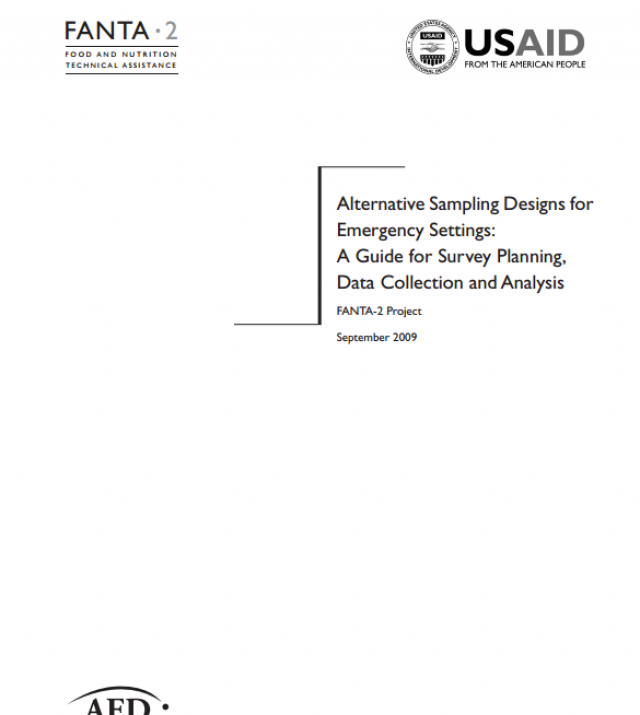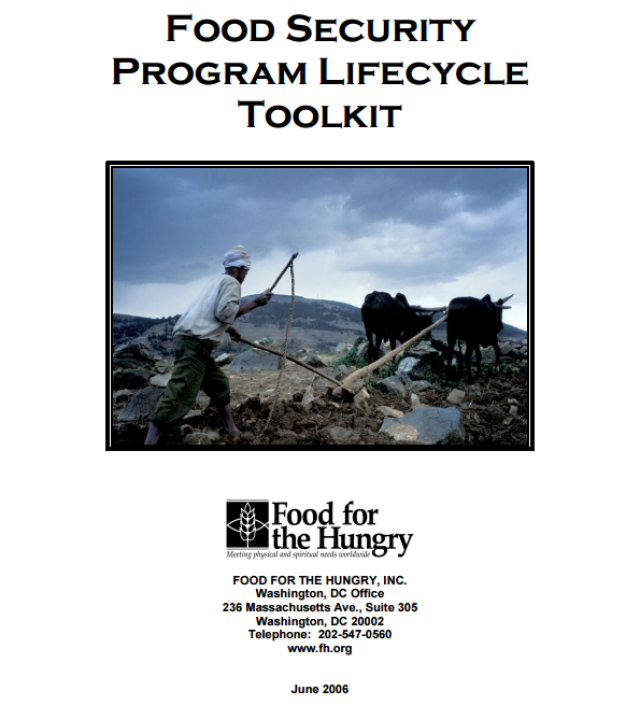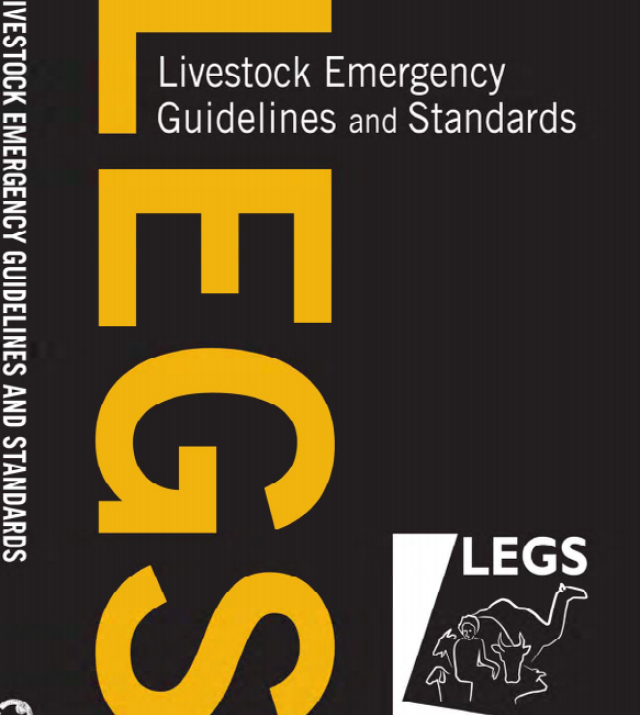
Catholic Relief Services' (CRS) Guidance for Developing Logical and Results Frameworks

This document summarizes Catholic Relief Services’ (CRS) guidance for developing logical and results frameworks:
- A logical framework “is a systematic and visual way to present and share your understanding of the relationships among the resources you have to operate your program, the activities you plan, and the changes or results you hope to achieve.”1 CRS’ proframe and the U.K. Department for International Development’s (DFID’s) logframe are examples of logical frameworks.
- A results framework is similar, except that it focuses on articulating results. USAID’s results framework is an example of such a framework.
These frameworks are planning, management and communications tools. Which type of framework designers choose to use usually depends on donor demands. They are developed during the design phase and are revised as necessary during implementation. These frameworks also guide the development of detailed implementation plans and program or project budgets.
This document was primarily written to provide guidance for conceptualizing, writing, selecting and measuring project performance indicators. In this document, that guidance is placed within the larger context of articulating theories of change, conceptualizing and writing objective and results statements (taken largely from ProPack, with slight adjustments) and creating logical and results frameworks.
This guidance was written to serve CRS’ effort to develop CRS-wide commonly accepted and core project indicators. Given its broader context, it can also prove useful for project design.

